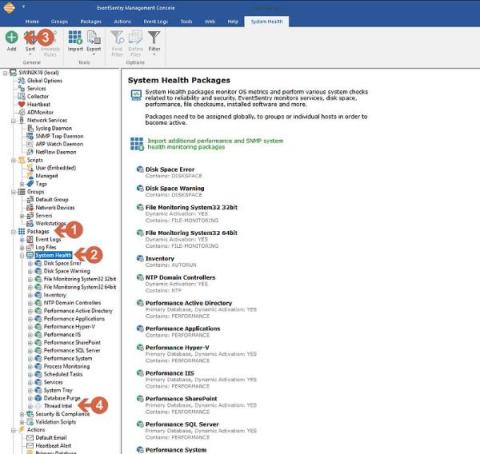Security | Threat Detection | Cyberattacks | DevSecOps | Compliance
Latest News
What Does a SIEM Solution Do: Logsign Perspective
Businesses are currently witnessing improvements in cybersecurity capabilities, thanks to advancements in Artificial Intelligence (AI). However, the progress is accompanied by a parallel increase in the threat and sophistication of cyber-attacks, especially when the right event monitoring and threat detection tools are not utilized. Deloitte's latest research on security operations indicates that in 2023, 12.5% of businesses experienced more than one security event.
FedRAMP Authorization: A Value to Both Public and Private Organizations
The Federal Risk and Authorization Management Program (FedRAMP®) authorization has, for years, been seen as an arduous undertaking only for companies that want to do business with government agencies and their contractors. However, with growing cybersecurity risks, coupled with tightening data privacy regulations across industries, FedRAMP’s fundamental security requirements are becoming best practices for all organizations handling sensitive data.
3 Keys to Unlocking Data Visibility in the SOC
Although SIEMs have existed for more than 20 years, many organizations still fail to achieve full data visibility into their environments. Two problems compound this challenge. First: attack surfaces. As organizations scale their digital infrastructures and bring on new applications, the amount of data analysts need to monitor and analyze increases exponentially.
Hardening Graylog - Encryptify Your Log Supply!
API Management: Using Runtime API Security to Enhance API Lifecycle Processes
SIEM, Simplified
Predict the Future! A universal approach to detecting malicious PowerShell activity
So, here’s the deal with AntiVirus software these days: It’s mostly playing catch-up with super-fast athletes — the malware guys. Traditional AV software is like old-school detectives who need a picture (or, in this case, a ‘signature’) of the bad guys to know who they’re chasing. The trouble is, these malware creators are quite sneaky — constantly changing their look and creating new disguises faster than AntiVirus can keep up with their photos.











